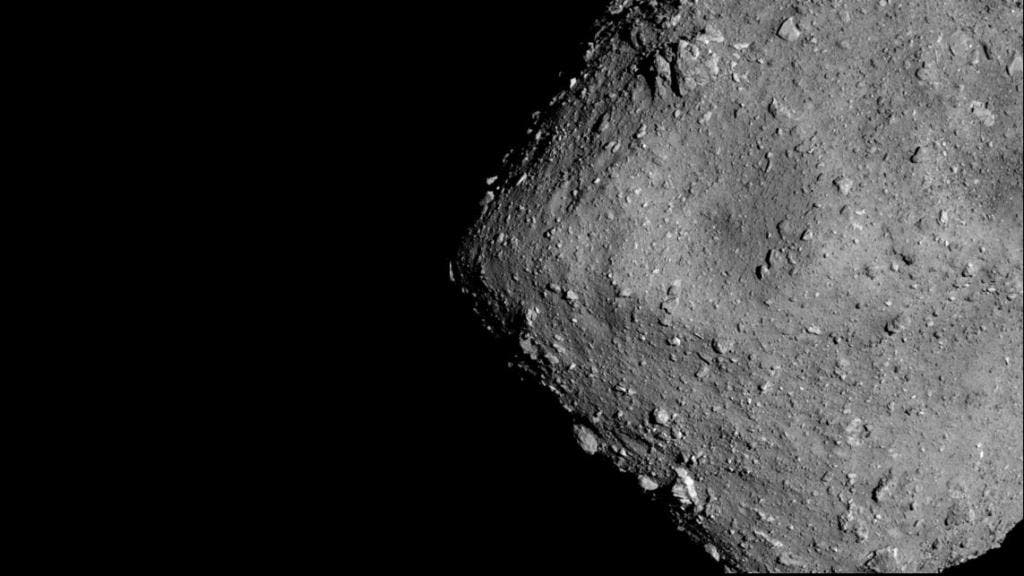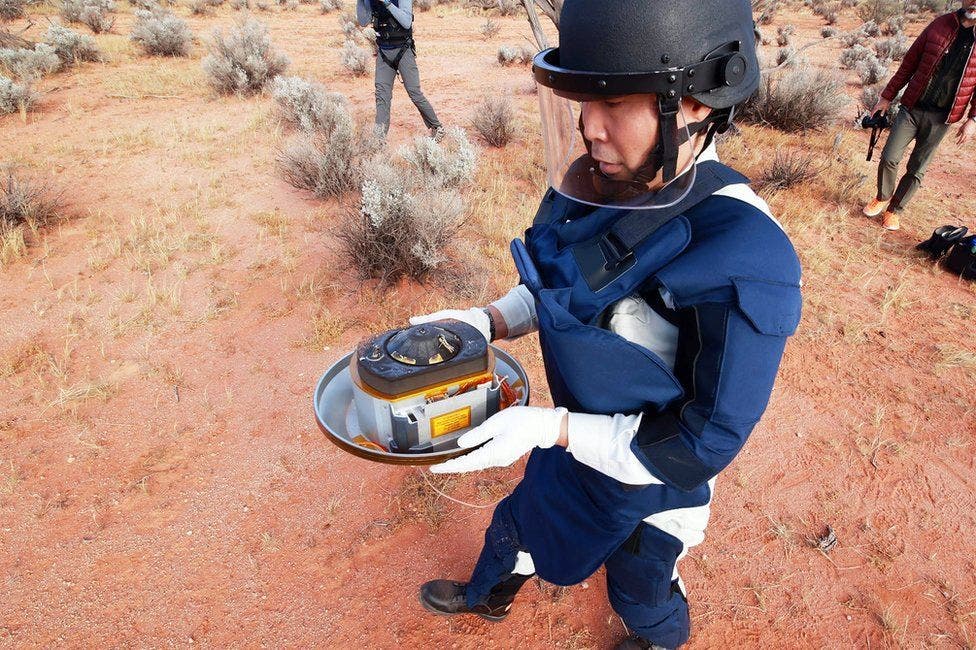
In December 2020, a small piece of an asteroid was found in the middle of the Australian desert. This was no meteorite, however, but rather the result of one of the most well-choreographed operations in aerospace history. During its six-year-long mission, the Japanese Hayabusa 2 probe rendezvoused with the Ryugu asteroid, chipped and collected a sample from its surface, then launched a capsule containing pieces of the space rock back to Earth for analysis.
The engineering challenge of landing on a fast-moving asteroid in the middle of the solar system was immense, but it was all worth it. Now, Japanese scientists have shared the first results of Ryugu, providing clues about the formation of the early solar system, as well as how water and other basic building blocks made their way to Earth.

Ryugu is a carbon-rich, diamond-shaped, near-Earth asteroid that is about one kilometer in diameter. The distant space rock is classed as a C-type asteroid, where ‘C’ stands for carbon due to these asteroids’ coal-like appearance. These carbonaceous objects are the most common variety, forming around 75% of known asteroids.
The asteroid poses no threat of colliding with our planet — instead, it offers a fantastic opportunity to study carbon-rich space rocks in situ. When pieces of asteroids arrive on Earth, their chemical composition can be heavily altered by the high atmospheric entry temperature and the shock of impact, whereas the 5.4-gram Ryugu sample arrived on Earth unadulterated, protected by a special shielding capsule.
The mass of the sample actually greatly exceeded the Japanese researchers’ expectations, who were prepared to do work with no more than 100 mg. In order to keep physical alterations to the Ryugu samples to a minimum, some of the asteroid pieces were removed from the capsule in vacuum so as to not expose the space rock fragments to terrestrial nitrogen conditions.
After analyzing the sample, Toru Yada and colleagues at the Japan Aerospace Exploration Agency in Sagamihara, Japan found that Ryugu is very dark, reflecting only 2% of the light that hits its surface. Ryugu also has a high porosity of 46%, much greater than any meteorite found thus far, the astronomers reported in Nature Astronomy. C-type asteroids like Ryugu are believed to be possible parent bodies for dark, water- and carbon-bearing meteorites found on Earth known as carbonaceous chondrites, and the analysis suggests that this is indeed the case.
“Curatorial works of returned samples from asteroids are very essential to not only sample return missions themselves, but related science communities like meteorites and asteroids sciences, as well as planetary sciences to reveal the evolution of the solar system. In this sense, our preliminary studies on Ryugu returned samples give us direct proof to connect C-type asteroids to carbonaceous chondrites, which are enriched in water and organics,” Yada told ZME Science.
In a second study published in the same Nature Astronomy, Cédric Pilorget and colleagues at the Université Paris-Saclay in France used special microscopes on Ryugu samples that can acquire images at different wavelengths of light, both in the visible and infrared spectrums.
According to the researchers in France, Ryugu is rich in clay and other organic minerals, linked in a hydrated matrix. However, it also contains carbonates and volatile compounds, making its composition rather heterogeneous.
Since Ryugu’s rocks are thought to be around 4.6 billion years old, their composition reflects the primordial materials found at the dawn of the solar system’s formation, offering a unique opportunity to study the origin and evolution of Earth and other rocky planets.
“Because Ryugu is an asteroid enriched in water and organics, its original body(ies) should be possible sources of water and building blocks of life on ancient Earth,” said Yada.
Yada added that D-type asteroids, which are the main populations in the outer asteroid belt and are thought to be ‘extinct’ comet nuclei, as well as M-type asteroids, which are mainly made of iron, are great targets for future sample return missions, helping fill in the blanks in our understanding. In fact, next year will launch a spacecraft that will do just that, targeting the M-type asteroid Psyche.









